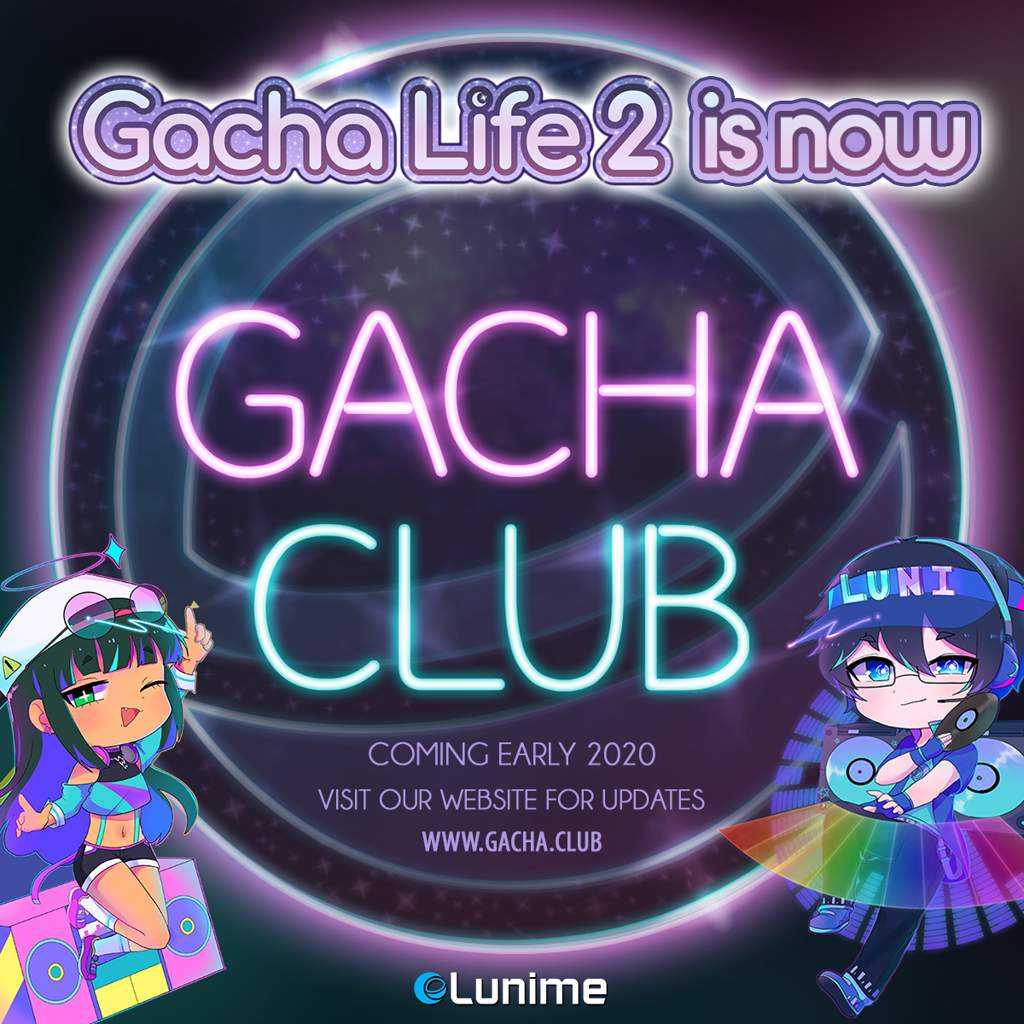

WHEN WAS THE FIRST GACHA LIFE GAME MADE FREE
Players are generally given free or discounted gachas in low amounts on a regular schedule, in exchange for logging in or doing in-game tasks.Ĭommon mechanics Banners īanners are "pools" of available items (characters, loot, cards, etc) that players can "roll" on. In many games, gacha rewards are essential for players to make progress in the game. Gameplay units such as cards, characters, equippable gear, or more abstract loot such as "experience" are all possible. Many kinds of virtual items can be in the loot table for a banner.

It is commonly possible to get the "premium" (obtained with real money) currency through gameplay, albeit in rigorously limited quantities. This makes it more difficult for the player to model the real-world cost of a unit of a currency that isn't the "premium" one. Games can include multiple in-game currencies with complex schemes for converting between them. "Soft" pity increases the probability slightly of getting a rare item with every pull, counting up and recalculating the probability until the rare item is received, while "hard" pity uses a counter to keep track of the number of pulls and automatically dispense the rare item after reaching a preset number of rolls. Some gacha models use a pity system: the player will be guaranteed an item after pulling for that item a large number of times without success. Between this rarity and the commonality of limited-time availability of promoted gacha drops, players are encouraged to roll the gacha while their desired item is available. It is common for there to be a rarity tier on around the order of appearing in one percent of rolls. It is common for the schema of item rarities to be public information, dubbed "open gacha". Some of the rewards drop less frequently than others. In doing so they expend a fixed portion of a premium currency in exchange for receiving a random "drop" from the banner "rolled on". In this, the player "pulls" or "spins" in a manner analogous to a slot machine or roulette wheel. Many of them are obtainable only through a "gacha" mechanic. There are many collectable characters, cards, or other items (details will vary based on nature of game). Despite their ubiquity, gacha games have been criticized for being addictive, and are often compared to gambling due to the incentive to spend real-world money on chance-based rewards. The game mechanism is also increasingly used in Chinese and Korean games, as well as Western games. Most of the highest-grossing mobile games in Japan use it, and it has become an integral part of Japanese mobile game culture. The gacha game model began to be widely used in the early 2010s, particularly in Japan. Most implementors of the Gacha model are free-to-play (F2P) mobile games. Some in-game currency generally can be gained through game play, and some by purchasing it from the game publisher using real-world funds. Similar to loot boxes, gacha games entice players to spend in-game currency to receive a random in-game item. Gacha mechanics have been compared to those of loot boxes.Ī gacha game ( Japanese: ガチャ ゲーム, Hepburn: gacha gēmu) is a video game that implements the gacha (toy vending machine) mechanic.


 0 kommentar(er)
0 kommentar(er)
